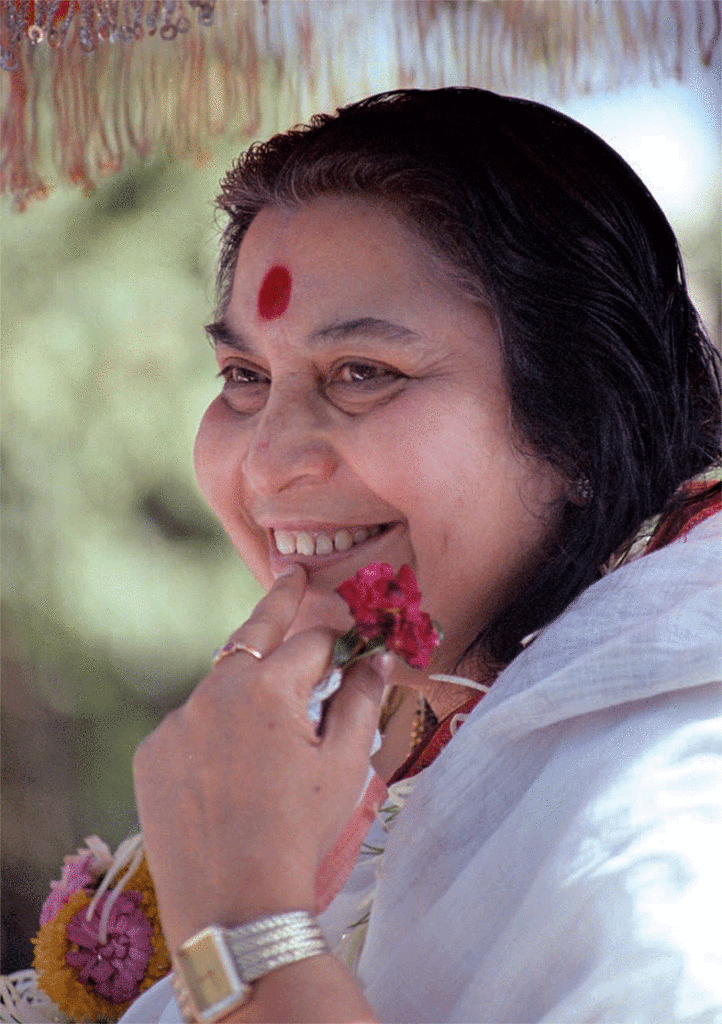What is Sahaja Yoga meditation?
Sahaja Yoga meditation
Sahaja Yoga is a meditation method, founded by Shri Mataji Nirmala Devi. The name Sahaja Yoga originates from Sanskrit, where ‘Sahaja’ means spontaneous and ‘Yoga’ connection. This spontaneous connection with our inner self is reached by the awakening of a motherly and caring spiritual energy. This energy is present in everyone and is called ‘Kundalini’ in Sanskrit.
It is possible for everyone to experience meditation, regardless of ethnicity, religion, gender, age and origin. Sahaja Yoga is therefore practiced by people all over the world.


Thoughtless awareness
The awakening of the Kundalini distinguishes Sahaja Yoga from other forms of meditation. When the Kundalini becomes active through the Selfrealisation meditation, one experiences a state of peace and silence. During this meditation one can get into a state of thoughtless awareness spontaneously. It gives you the opportunity to enjoy the here and now, without worries about the past or the future. The connection between the Kundalini energy and your inner self will help you to attain self-knowledge.
Purpose of meditation
The need for spiritual depth is universal and is part of the evolutionary process. Over the years, man has always sought for a meaningful existence and for self-knowledge. Meditation plays an important role in this; it facilitates your spiritual growth. Through the peace and quiet of the meditation you become closer to yourself. Through thoughtless awareness you strengthen your attention, so that your goals are better accomplished, and you continuously develop yourself in a spontaneous manner. Your coping with stress and negative circumstances will improve, since excessive thinking and worrying are neutralized by the state of thoughtless awareness and inner peace.

“Freedom is when you really get your own powers which are within you.”
– Shri Mataji Nirmala Devi

Freedom
Shri Mataji Nirmala Devi believed in the importance of free will of every human being. This means that you are your own master. And this means that you are not dominated by negative ideas or habits. That is the freedom you get when you continue to meditate. The Selfrealisation liberates people from the confinement of the ego (the illusionary “I”) and the accumulation of conditionings or habits. In Buddhism and Hinduism, liberation from the ego is accompanied by freedom of suffering, a state of joy. This also happens in Sahaja Yoga; one’s Kundalini will rise if one actively desires it.

